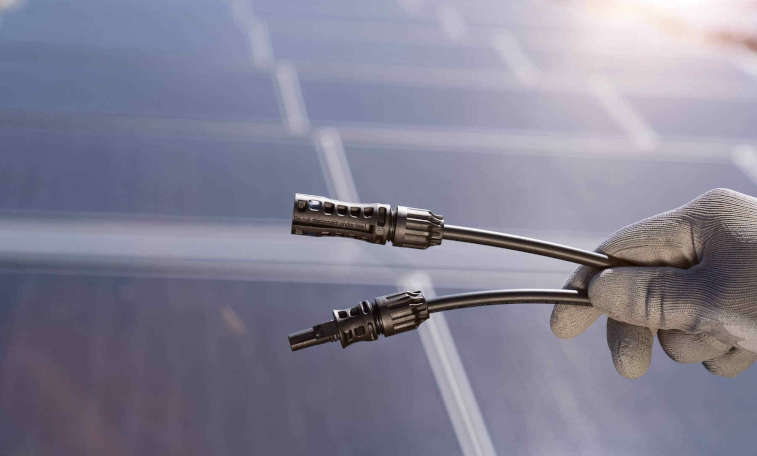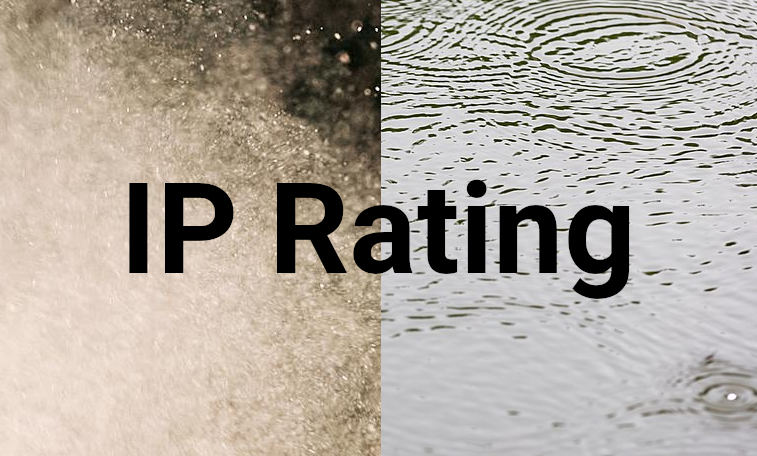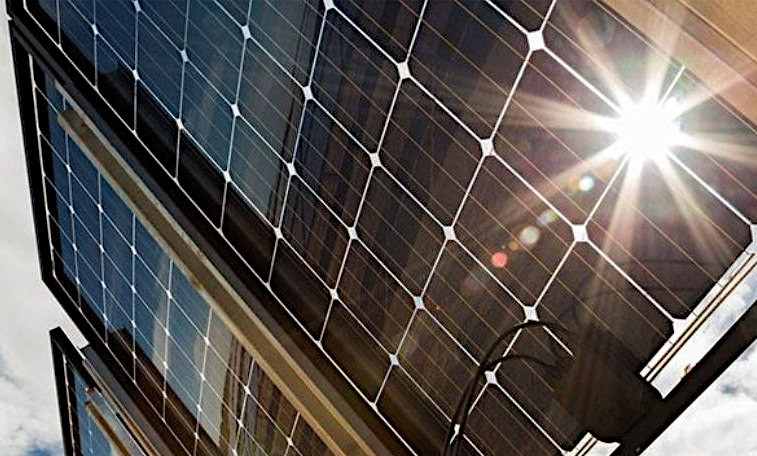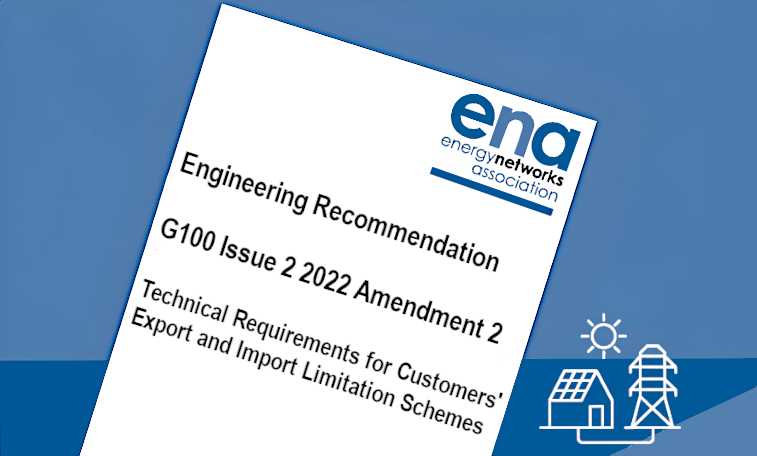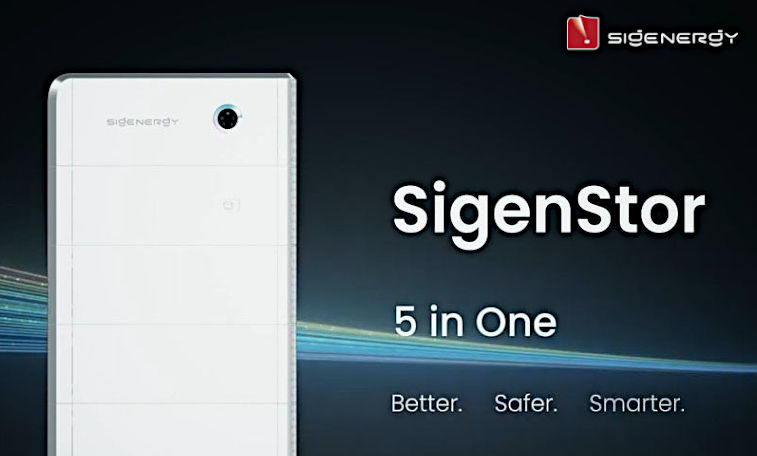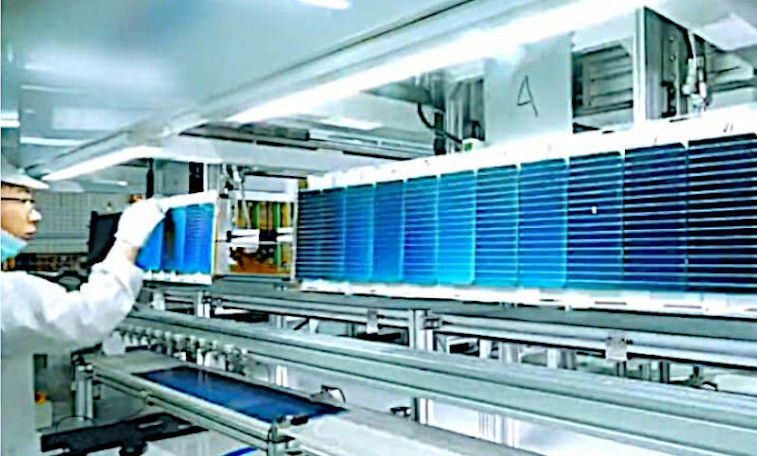Solar DC Connectors Mismatch - A Safety Risk
Solar DC Connectors Mismatch - A Safety Risk
It seems that many people in the solar industry are blissfully unware of regulations that mean it is prohibited to connect DC connectors from different manufacturers together.
Solar panels come with a plug and socket attached to flying leads that enable one panel to be connected to the next to create the electrical circuit. This connector is commonly referred to as an MC4, but in many cases it cannot strictly be called this. This component is a standard in the renewable energy industry.
Strictly speaking, only connectors made by Staubli can be called MC4 (original). MC4 was invented by Stäubli in 1996 (formerly under the name of Multi-Contact). The number ‘4’ stands for the 4 mm diameter contact pin in the plug.
Since its creation, a number of alternatives, referred as MC4 ‘compatible’ connectors, appeared in the market. Apart from Staubli, other certified options are available from well-known brands, such as Amphenol, as well as a long list of lesser-known brands. These connectors look very similar in style and have been used interchangeably by installers.
But there are also some MC4 ‘compatible” connectors on sale which, although cheaper, do not meet the same safety certifications and engineering standards as authentic MC4 connectors.
For the most part, larger solar panels which are designed to handle higher power levels, and therefore require connectors to be a perfect fit, will already come equipped with MC4 ‘Original’ connectors.
Each MC4 connector has five parts. They are the main housing, a metal crimp contact, a rubber water seal, a seal retainer and a screw on end cap.
The metal contacts are crimped onto the ends of the cable and latched into place inside the plastic barrels. Both halves of the connector are touch-proof, improving safety for installation and maintenance crews. Barbs on the upper right hand image lock into slots on the other half to prevent the connector from accidentally separating once the two halves have been pushed together.
Installers who work with MC4 connectors require specialised tools such as crimping tools and two disconnect/spanner sets. In regards to wiring, solar panel wires are suitable given that they meet IEC(electric) and UV resistance (for outdoor use) requirements.
PV Connector Mismatch
PV connector mismatch is one of the most common solar project deficiencies and can potentially cause severe problems such as a fire in the installation. Although fires caused by PV panels are rare, any fire can present an increased risk to occupants and firefighters.
According to the report 'Fire and Solar PV Systems, Investigations and Evidence (BRE)', fires involving solar panels are most commonly caused by errors in the installation process. It was found that DC isolators presented the greatest fire risk which the report said were due to poorly designed and installed isolators. DC connectors were the second major fire risk.
The report identifies the most likely cause of fire as electrical arcing, where electricity flows through an air gap through ionised gas molecules and become hot enough to cause combustion.
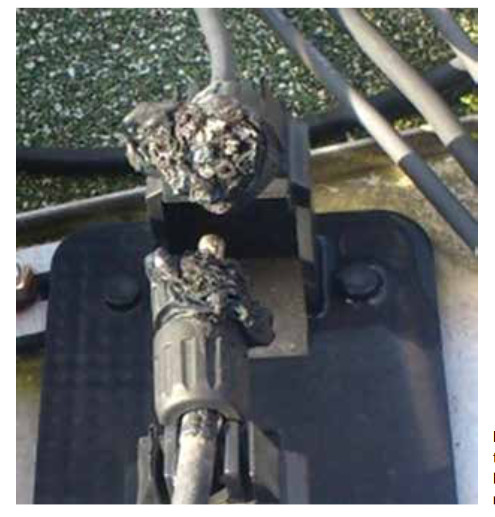
Since errors in the installation is the major issue, then it comes the question of cross-mating/mismatching DC connectors.
Staubli has made the case that it is not safe to mix connectors from different manufacturers, something which has also been endorsed by other standards bodies.
In the UK, MIS3002 - the MCS installer standard for solar PV - adopts the IET Code of Practice in full. What this means, and it seems that many people in the solar industry are blissfully unware of it, is that for MCS compliant installations in the UK cross-mated connections are prohibited.
How to avoid PV DC connector mismatch?
The reality of day-to-day solar installations in relation to connector-matching can be very difficult. For example:
- Nowadays the connectors all look very similar and have few distinguishing features.
- Solar panel manufacturers might make one batch with one manufacturer's connectors and then switch over for the next batch to another manufacturer due to price or even stock availability.
- Joining DC cables which can be used to connect panels/inverters are commonly made to the right length on site by the installer with cable and connector crimped together using hand tools. This procedure can increase fire risks and requires due diligence from the installer.
Steps to be followed during installations using DC connectors:
- Only installers accredited under the Microgeneration Certification Scheme should be employed to carry out solar installations
- Verify connector compatibility during the design process: identify the brand of connectors on the panels and purchase the same connectors
- Confirm that the connectors purchased are compatible upon delivery. Sometimes there is a last-minute change in the PV make or model
- When products arrive on site with different connectors, the earlier we identify the problem the more time we have to adapt to and reduce it
- In a situation like this, it is possible to order jumper cables or replace the connectors. But have in mind, that a factory-made crimp is preferable to a hand-made crimp in terms of quality control and reliability. Besides, one takes the risk of invalidating the panel manufacturer's warranty by modifying the product
Finally, some panel manufacturers will not mix connector manufacturers and guarantee that their panels only come with genuine Staubli MC4 connectors which are readily sourced locally by installers.
But unfortunately, most solar panel manufacturers are producing modules with a variety of different connectors, many of which cannot be sourced locally. For these, solar installers find themselves in a difficult position if they are to follow the regulations and avoid liabilities.
Click the link below to view our range of Solar DC Connectors and related products

